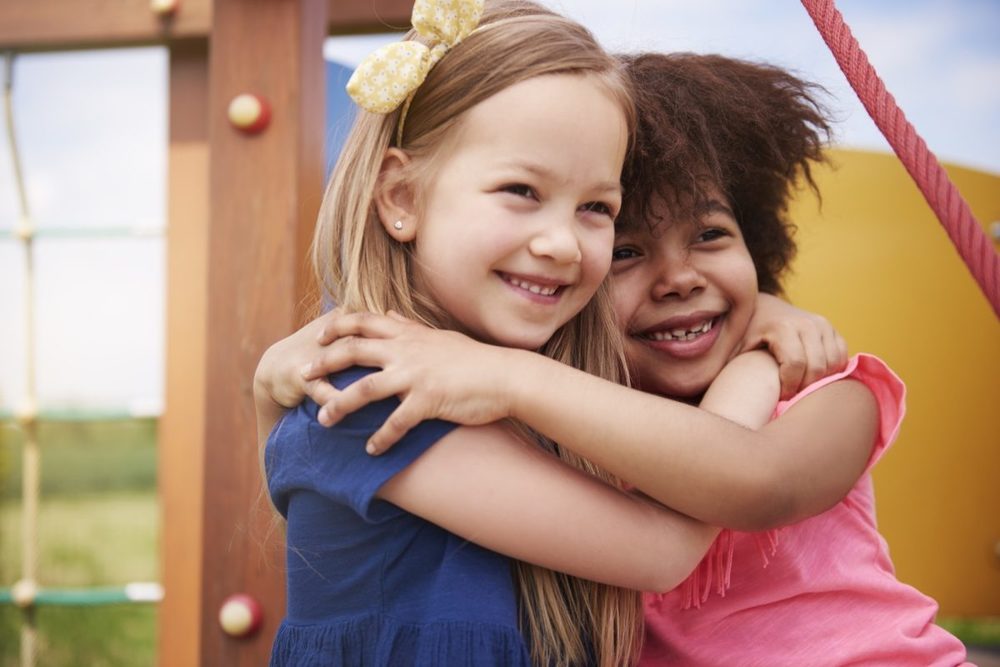Credit: Summary of “Help Your Child Be a Kind Friend” by Deborah Farmer Kris for PBS KIDS for Parents. Read the original here: https://www.pbs.org/parents/thrive/help-your-child-be-a-kind-friend
Big idea: Kindness and inclusion grow with practice. Kids learn them when adults teach, model, and practice them together.
1) Put other kids on your child’s radar
Ask: “Who looked lonely at recess?” or “Who could use a buddy today?”
Help your child notice kids who are new, quiet, or often left out.
Plan small actions: say hello, save a seat, invite someone to play.
2) Teach what inclusion looks and sounds like
Practice friendly “scripts” at home:
“Want to sit with me?”
“Do you want to join our game?”
“Hi, I’m ___. What do you like to do?”
Brainstorm easy ways to connect: share a toy, find a common interest, offer a kind compliment.
3) Talk about similarities and differences
Use books, shows, and daily moments to discuss how people think, move, or communicate differently.
Use clear, kind words (for example: autism, ADHD, sensory needs).
Emphasize strengths and support: “Everyone belongs. We can help each other.”
4) Model kindness and inclusion yourself
Kids copy what we do—learn names, greet neighbors, invite others in.
Handle conflicts with patience and respect.
Praise kind choices: “I saw you invite Jayden to play—great job including him!”
Why this matters: When kids notice others, learn simple inclusive actions, understand differences, and watch caring adults, they become friends who help everyone feel they belong.
This summary was created by AI for educational purposes. Original article credit: “Help Your Child Be a Kind Friend” by Deborah Farmer Kris, PBS KIDS for Parents — https://www.pbs.org/parents/thrive/help-your-child-be-a-kind-friend .

